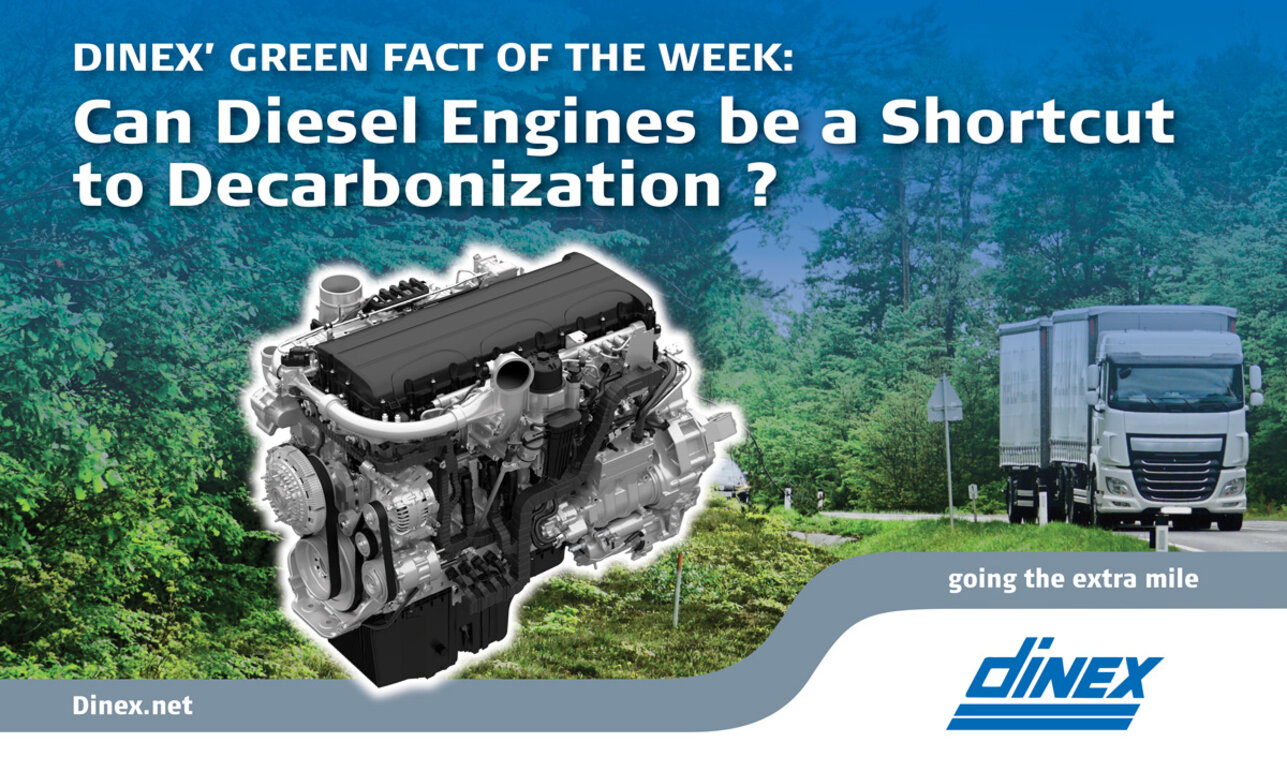- News and Events
- News
- 2021.08.06, Green Fact of the Week

First of all, let's agree that when it comes to fighting climate change the ultimate goal is to continuously reduce the emissions of Green House Gasses (GHG) as fast as possible - for the transport sector specifically CO2. Every gram of CO2 emitted is potentially hanging around in the atmosphere for hundreds of years, so every year without significant progress is another year wasted which we leave to future generations to deal with.
Therefore, it should also be agreeable that what is important is the ultimate goal of GHG reduction and not whether this comes from Internal Combustion Engines (ICEs) or Electrified Vehicles (EVs).
CO2 emissions from the transport sector has globally increased over the past 10 years, and even in Europe it has gone up from 863 million tons in 2011, to 892 million tons in 2019 (source: EEA). Electrification is high on the agenda, but in practice our climate is yet to see the results.
In California though there is a proven example of how the trend can be turned. The California Air Resource Board (CARB) has set a target of reducing carbon intensity of the transport industry by 20% from 2011 to 2030, and so far, a 7.5% reduction has already been achieved. The major contributor is not electrification, but simply a transition towards alternative fuels such as bio- and renewable diesel- and gas fuels used in the existing fleet of Internal Combustion Engine vehicles. (source: California Air Resources Board).
The figures reported by CARB shows that since 2011 the accumulated amount of CO2 reduced by electrification amounts to 10 million tons, whereas the simpler replacement of fossil fuels with biobased and renewable alternatives amounts to over 38 million tons.
Achieving further reductions via electrification depends on several limiting factors: Naturally the rate of which electric vehicles are replacing existing ones, the expansion of charging infrastructure – and perhaps most importantly: The scaling up of green electricity production to not only replace the current energy need of industries and consumers, but also the energy need of vehicles which is currently covered by traditional fuels. Remember: EVs are only as green and clean, as the source of the electricity.
Besides from being the only feasible solution for a range of heavy-duty applications, Diesel and Gas engines are today a highly efficient and clean power source – and still holding several possibilities for even further efficiency improvements (e.g. via optimizations and hybrid powertrains), and cleaner emissions also in cold-start conditions (via technologies in development for “Euro 7” standards).
Adding the effect of carbon neutral fuels on top of this, it seems like diesel and gas engines is the most obvious shortcut to start decarbonizing the transport industry. All it takes is continuous development into those low-hanging fruits that will for several years to come, generate bigger and faster results for both climate and environment.
Dinex' Green Fact of the Week is the title of a series of blog posts by Dinex Climate Ambassador Kristian Kaufmann. The purpose is to use facts and technical arguments to promote the most pragmatic and effective solutions to further reduce the transport industry's climate and environmental impact - for an even cleaner and greener future.